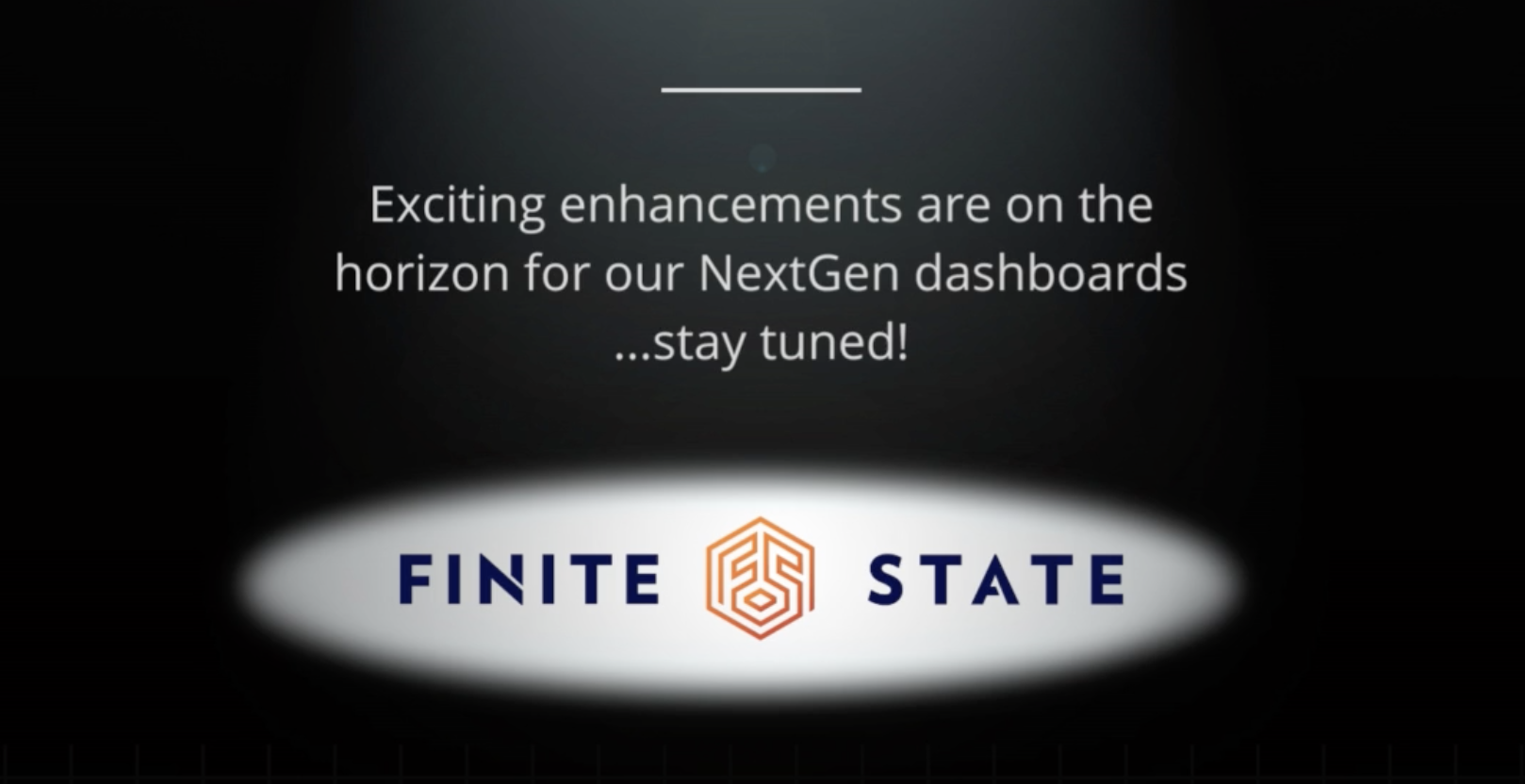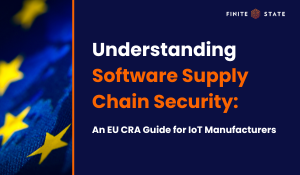In software supply chain management, tracking the right metrics can mean the difference between measuring the success — or failure of — your program. But whether you're targeting proactive risk mitigation or implementing reactive damage control, how do you measure a program's success? Which software supply chain metrics do you track? How do you prioritize these metrics and the actions you take next in mitigating or remediating your findings?
Even after formulating a rational and effective software supply chain security program with a thorough and results-oriented strategy, the next challenge emerges in seamlessly monitoring these performance metrics and translating that data into actionable intelligence that provides a foundation for risk management program initiatives.
As we dive into the top metrics every organization should track in a successful software supply chain security program, we're excited to also introduce our upcoming release: new dashboards that provide sharper, clearer, and more accessible views of artifact risk, status and severity of findings, and intelligence on CVEs, CWEs, and exploits, all the details you need to build an effective software risk management program.
We want to ensure you're always one step ahead in your software supply chain risk management journey.
Why Metrics Matter in Software Supply Chain Management
Monitoring the right data points provides a supply chain security roadmap for organizations, highlighting areas of efficiency and pinpointing vulnerabilities. This diligent tracking forms the bedrock of proactive decision-making, empowering businesses to anticipate challenges and manage software risks effectively, ensuring a resilient and robust software supply chain.
Metrics drive effective action beyond just identifying vulnerabilities, the first step in software risk mitigation and remediation. Post-identification, risk management efforts shift to remediation, followed by education to eliminate the possibility that the same vulnerabilities recur in the future.
Top Metrics Every Organization Should Track
Risk Posture
For a comprehensive view into your software supply chain risk, look for a solution that can ingest scans from other scanners and that unifies your arsenal of tools so you get full context.
Some key visibility and protection metrics include:
- Portfolio-Average Artifact Risk - Get artifact vulnerability and risk insights summarized across the span of your portfolio.
- Artifact Risk by Category - Segment and assess threats within artifact categories, leading to more targeted mitigation and remediation strategies.
- Highest-Risk Artifacts - Identify and prioritize your portfolio's most significant risks to ensure timely, focused, and effective responses.
Risk Exposure
In software supply chain management, legacy manual testing processes can inadvertently amplify risk exposure and usher in unforeseen costs, complexities, and delays. As you navigate strategies to curtail vulnerability exposure, look for a solution that offers actionable insights that scale to your organization, connects you in real-time to the National Vulnerability Database, and flags new vulnerabilities and weaknesses that need immediate attention.
Some key risk exposure metrics include:
- Most Common CVEs within Portfolio - Views into your portfolio's most prevalent vulnerabilities.
- Most Common CWEs within Portfolio - Views into your portfolio's most prevalent weaknesses.
- Findings by Status - An analysis of the progression and current standing of identified vulnerabilities and weaknesses.
- Findings by Severity - Reporting that shows the magnitude of vulnerabilities and weaknesses, categorizing them by importance, so you can prioritize your resources for response.
- Finding & Exploit Intelligence - Stay informed with the latest details on vulnerabilities and potential exploit tactics, arming your team with the knowledge to defend against emerging threats.
Program Impact
The best solutions offer comprehensive data and guidance to help you visualize, analyze, and make conclusions about the risk levels of your products and artifacts. Look for solutions that offer streamlined, intuitive scoring methodologies, backed by sophisticated risk prioritization.
Some key status and progress-over-time metrics include:
- Risk Score over Time - A visualization of the trajectory of your risk scores, gaining insights into the effectiveness of your program over time.
- Artifact Risk over Time - Monitoring the evolution of the vulnerability landscape of individual artifacts, capturing shifts and trends that inform risk management strategies.
- Findings by Severity over Time - The historical pattern of your vulnerabilities based on severity, spotlights recurring risk patterns and improvement areas.
- Findings by Status over Time - Reporting on the progress and resolution of vulnerabilities identified through your program, understanding your team's speed and efficacy in responding to emerging threats.
Evolving Tools for a Resilient Software Supply Chain
In the ever-evolving landscape of software supply chain management, the crux of success lies not only in implementing robust security measures, but also in consistently monitoring and refining them. Understanding the nuances of your program, prioritizing the right metrics, and continuously evolving your strategies are fundamental steps toward fortifying your supply chain.
The tools and dashboards you use should complement these efforts by providing clarity, depth, and actionable insights. And speaking of tools, we're thrilled to hint at some game-changing enhancements coming soon to our NextGen dashboards!

Designed to provide a deeper, more intuitive grasp on your software supply chain's health, these dashboards promise to elevate your monitoring and decision-making processes. So, as you continue your journey in software supply chain security, stay tuned for our upcoming unveil. Success, after all, is a blend of the right strategies, tools, and a commitment to continual improvement.
Subscribe to Our Blog
Get the latest posts delivered straight to your inbox weekly.
Share this
You May Also Like
These Related Stories

What is software supply chain security? - A Definition

Securing the DevOps Pipeline - You Can Do It the Way Intel Does! - with Darren Pulsipher


